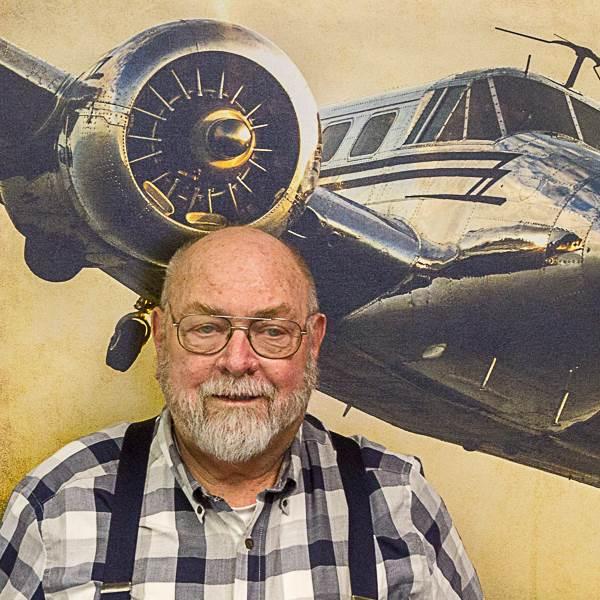Training and Safety Tip: Crosswind takeoffs
Knowing how to position the flight controls during taxiing prepares you for crosswind takeoffs. When you are ready to take off, you already have a basic understanding of how the controls should be positioned. You have experienced the prevailing wind taxiing to the runway and you kept your airplane on or very near the taxiway centerline. During takeoff your job is to keep your airplane on the dashed white line and over the runway during climbout.
Crosswind takeoffs in light airplanes are typically easier than crosswind landings because your airspeed is accelerating, which results in improved flight control effectiveness. On windy days you may have a quartering or even a direct crosswind to deal with and the wind may not be steady in velocity and direction. When lined up on the runway centerline ready to apply takeoff power, use full down aileron deflection on the upwind wing. Trim the elevator for neutral, and apply gentle back pressure at rotation speed. As the airplane accelerates, remember that control effectiveness increases and aileron deflection should be gradually reduced accordingly. Centerline control also increases with increasing aerodynamic effectiveness of the rudder.
You need to experience flying in windy conditions—doing so will continually increase your comfort level. That means it is important to determine your skill and comfort level limitations and expand them. When the wind is blowing, invest in additional instruction to boost your confidence and comfort level.



